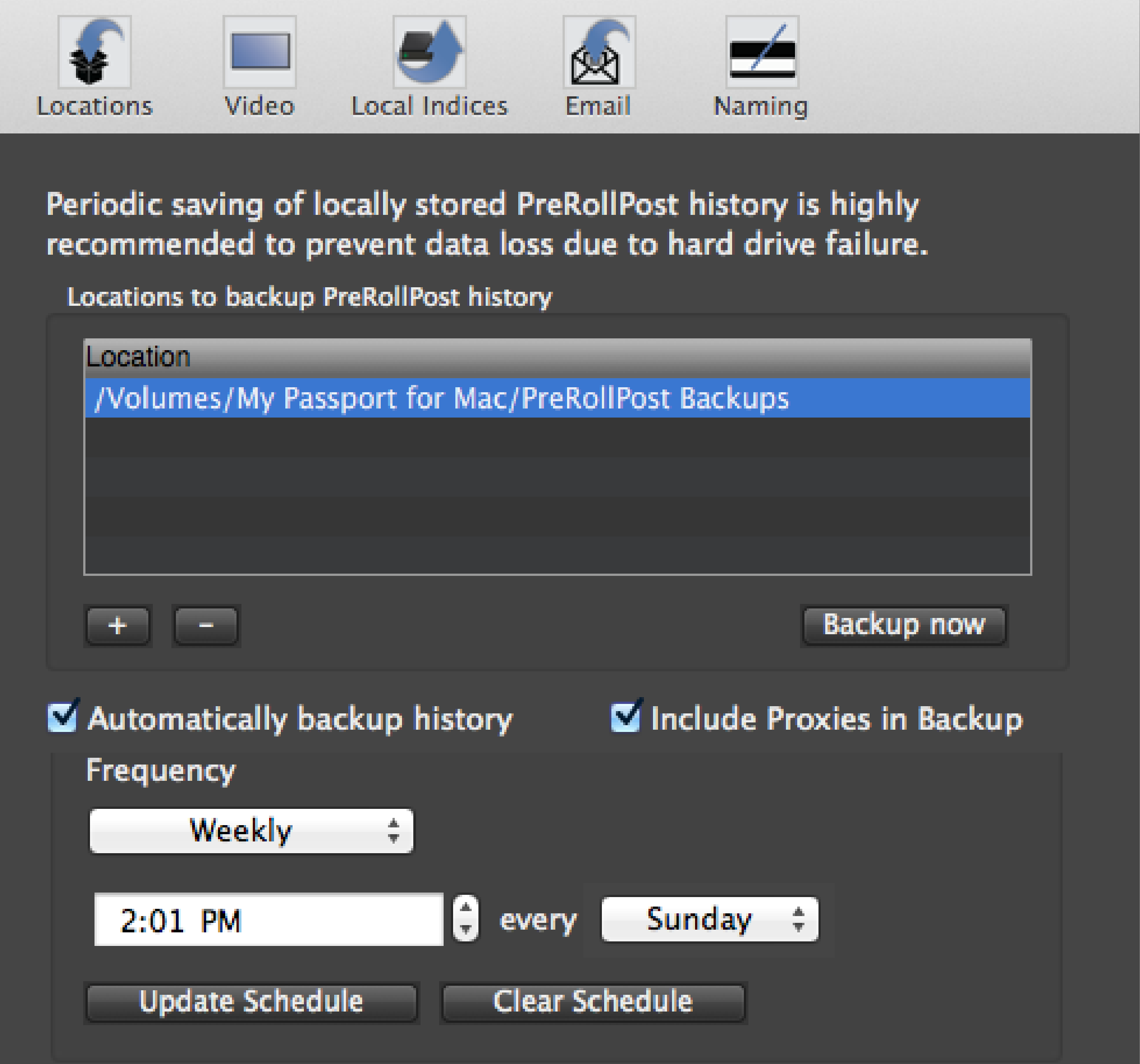

When it’s done, you’ll see a summary of the difference between your computer and your backup drive. Fast die gesamte Konfiguration der Backup-Optionen läuft über das Menü Optionen.
Mac email backup pro pro#
Dieses Programm wird manchmal auch 'Email Backup Pro.2', 'Email Backup Pro 279' genannt. The process will take a while to run-it’s not unusual for the process to take 15 minutes, or even a half hour. Email Backup Pro gehört zur Kategorie 'Systemdienst-programme'. A - before a file means the given file was deleted.A + before a file means the given file is new.Open Apple mail, and go to the Mail’ menubar at the top of the screen and then select ‘Preferences’ from the menu. Choose folders on your computer to sync with Google Drive or backup to Google Photos, and access all of your content directly from your PC or Mac. Enter your Gmail address into Apple mail.
Mac email backup pro verification#
After this is done you will get a verification page that says something like this at the bottom: 2. You can restart your computer or reinstall Carbonite to resume. Fill in the details you’ll need to pick a gmail email address and a password.
Mac email backup pro for mac#
Open Settings > On the Settings screen, tap on your Name. Download of Email Backup 2.5.158 for Mac was available from the developer's website when we last checked. The process will take a while, and results will scroll by. Follow the steps below to change Apple ID to iCloud Email Address on your iPhone or iPad. Type tmutil compare -s, then hit Enter, and your Mac will compare the contents of your Mac with the contents of your backup. If the files you expect to be there are there, and it’s possible to preview them, your backup is most likely in working order.īut if you’d like more details and assurance that things are working, open the Terminal, which you can find in Applications > Utilities. You can press the Spacebar to preview them, or even restore them. Head back in time, and find some files you know you deleted.


Connect your backup drive, then launch Time Machine, which is in the Applications folder. The simplest thing is to launch Time Machine and try to restore some files that you’ve deleted.


 0 kommentar(er)
0 kommentar(er)
